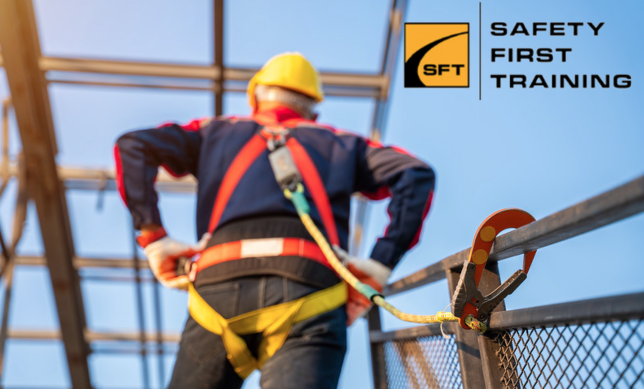
Working at Heights vs Fall Protection Training vs Fall Arrest Training
Working at Heights, Fall Protection, and Fall Arrest are crucial safety concepts in Ontario's workplace health and safety regulations. While they are related, each has distinct requirements and applications. This article will outline the differences between these concepts, government requirements, and when each is needed to help employers understand their obligations.
Working at Heights
Working at Heights refers to any work performed above ground level where there is a risk of falling. In Ontario, this is generally considered to be work performed at heights of 3 meters (10 feet) or more
Requirements:
Employers must ensure that workers who may use a fall protection system complete an approved Working at Heights training program
This training must be delivered by a Ministry of Labour, Immigration, Training and Skills Development approved training provider
The training is valid for three years from the date of successful completion
When Needed:
Working at Heights training is required for workers in the construction industry and those who work at heights in any sector where they may be exposed to fall hazards
Fall Protection
Fall Protection refers to the systems and procedures put in place to prevent workers from falling when working at heights.
Types of Fall Protection:
Travel Restraint Systems: These prevent a worker from reaching an area where they could fall
Fall Restricting Systems: These limit a fall to a short distance
Fall Arrest Systems: These stop a fall before the worker hits the ground or an object below
Safety Nets: These catch a falling worker
Work Belts: Used in specific situations for work positioning
Requirements:
Employers must ensure that one of these systems is in place when workers are exposed to fall hazards
The system chosen must be appropriate for the specific work situation and hazards present
When Needed:
Fall protection is required in any situation where a worker is exposed to the following hazards
Falling more than 3 meters
Falling into operating machinery
Falling into water or another liquid
Falling into or onto a hazardous substance or object
Falling through an opening on a work surface
Fall Arrest
Fall Arrest is a specific type of fall protection system designed to stop a fall that has already begun.
Components:
A typical fall arrest system includes
Full body harness
Lanyard
Energy absorber
Anchor point
Requirements:
Fall arrest systems must be designed by a professional engineer or comply with a national standard
Workers must be trained in the proper use and inspection of fall arrest equipment
Fall arrest systems must be inspected before each use
When Needed:
Fall arrest systems are typically used when other forms of fall protection (like guardrails or travel restraint systems) are not practical. They are often used in construction, maintenance, and industrial settings where workers are at risk of falling from heights
Key Differences
Scope:
Working at Heights is a broader concept that includes training requirements.
Fall Protection encompasses various systems and methods to prevent falls.
Fall Arrest is a specific type of fall protection system.
Purpose:
Working at Heights training aims to educate workers about fall hazards and protection.
Fall Protection systems aim to prevent falls from occurring.
Fall Arrest systems aim to stop a fall that has already begun.
Application:
Working at Heights training is required for all workers who may be exposed to fall hazards.
Fall Protection is required in any situation where fall hazards exist.
Fall Arrest is used when other fall protection methods are not practical.
In conclusion, employers must assess their specific work environments and tasks to determine which of these safety measures are required. It's crucial to provide appropriate training, equipment, and systems to ensure worker safety and compliance with Ontario's Occupational Health and Safety Act
Recent Blogs
- Propane FAQ
- Condo Property Managers: Stay Compliant & Enhance Safety with the Right Training
- Counterbalance Forklift Training Markham
- Spill Response Training Oshawa
- Counterbalance Forklift Training Burlington
- WHMIS Training and Certification in Ajax
- Lockout Tagout Safety Training
- Small Business Safety Consulting
- Spill Response Training Pickering
- WHMIS Training and Certification in Scarborough
- WHMIS Training and Certification in Oshawa
- Chainsaw Safety
- Forklift Facts
- Respirator Mask Fit Testing
- Confined Space Awareness Training
- Aerial Lift Training: Essential Skills for Safety and Efficiency
- Fire Safety Training Brampton
- FLT Training, Certification & Licence: Your Complete Guide
- Transportation of Dangerous Goods
- WHMIS Training Certification in Brampton

